Advanced Research Projects Agency-Energy 2025 Energy Innovation Summit
A premier event showcasing groundbreaking technology and fostering collaboration, innovation, and investment
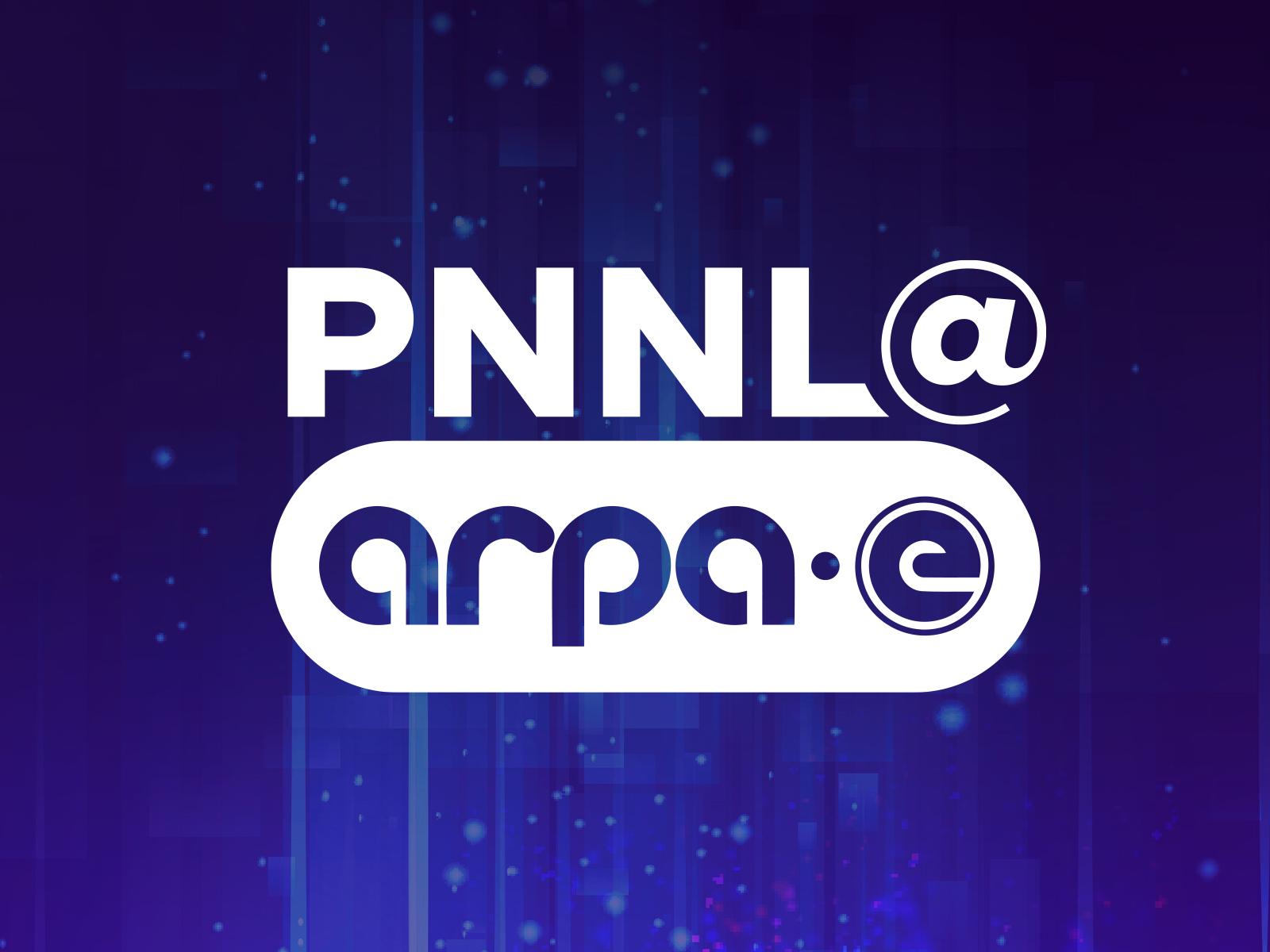
Washington, DC
Join researchers from Pacific Northwest National Laboratory (PNNL) at the Advanced Research Projects Agency-Energy (ARPA-E) 2025 Energy Innovation Summit. The conference brings together industry leaders, entrepreneurs, investors, and researchers to showcase the latest energy technologies. This year’s conference will feature eight PNNL projects on display. A complete list of the projects, along with their team leads and booth numbers, is provided below. We look forward to seeing you there!
PNNL Projects on Display
AutonomIA
Booth 1102
PI: Sonja Glavaski
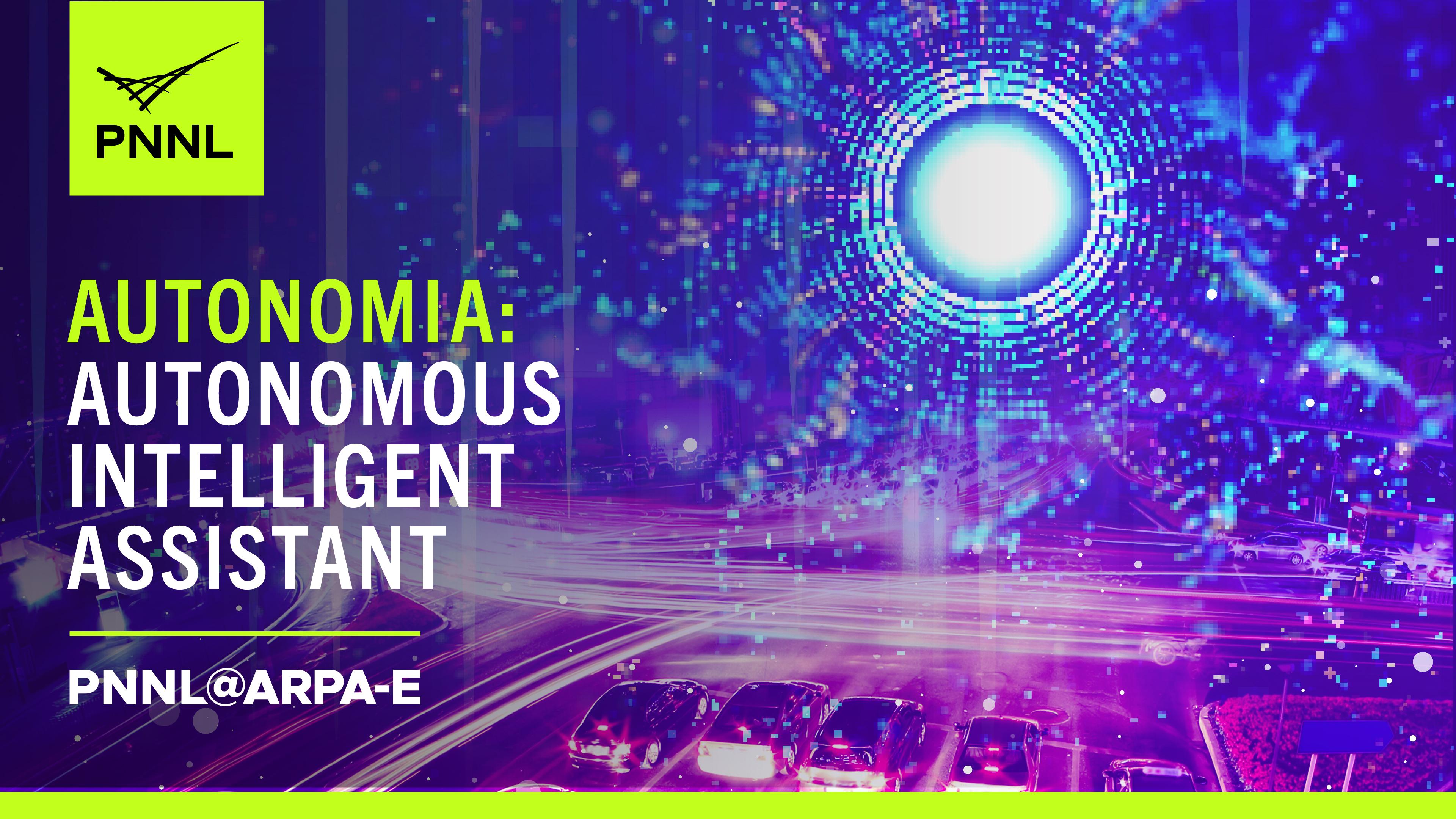
Ready for gridlock to be a thing of the past? Autonomous Intelligent Assistant (AutonomIA) is a new AI based traffic management system that leverages advanced sensing, adaptive signaling technologies, and connected automated vehicle technology. The research team will demonstrate 20% reduction in congestion and energy expenditures of regional transportation systems over current traffic management policies.
The Circular Home
Booth: 450
PI: Patti Gunderson and Chrissi Antonopoulos
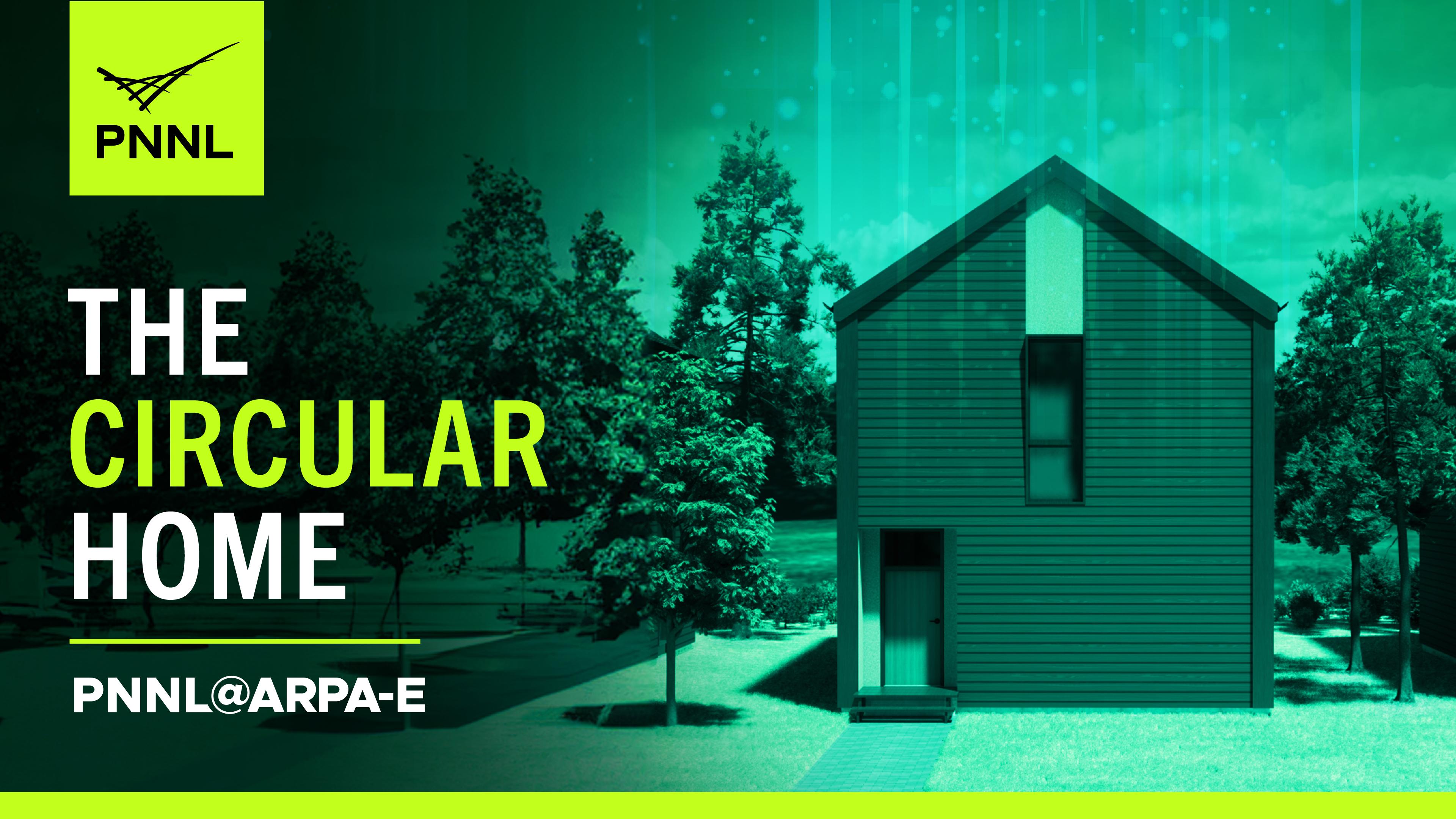
The Circular Home design is a technology-driven, scalable approach to transform housing into a precision-engineered product, accelerating deployment while reducing dependence on slow, labor-intensive construction models. The approach is flexible, scalable, and automation-friendly, enabling prefabrication at scale and rapid deployment in all regions, paving a path to integrating robotics and AI-driven logistics wherever local labor is not in ample supply. This initiative ensures America leads in rapid-deployment, resilient, and high-performance housing—built for the future, ready today.
Supercritical CO²–Based Mining
Booth: 221
PI: Todd Schaef
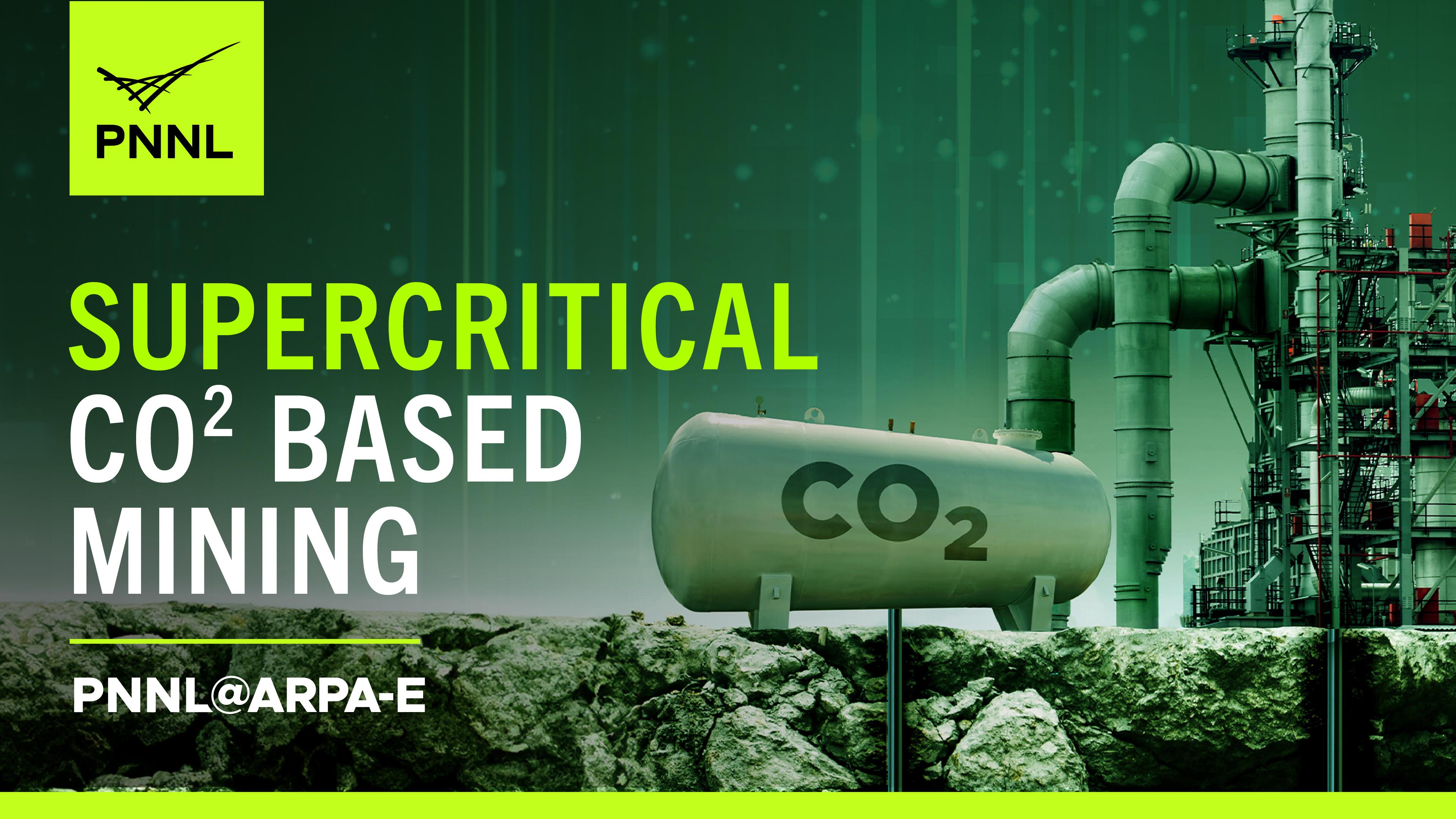
PNNL is developing the first integrated, comprehensive suite of methods to deliver a proprietary supercritical carbon dioxide (scCO2)–based leaching fluid to mafic–ultramafic ores for in situ enhanced critical mineral (e.g., nickel, copper, and cobalt) recovery and CO2 sequestration. The project aims to enhance the U.S. critical mineral supply chain through the use of existing horizontal drilling technologies to inject scCO2 to mine low-value mafic–ultramafic ores that are not typically mined. The goal is to create a carbon-negative pathway, reduce mineral beneficiation energy costs by 57 percent, and mineralize approximately 110 kg of CO2 per kilogram of critical mineral extracted.
Integrated Experimental and Modeling Assessment on the Effects of Ocean Biogeochemical Changes
Booth: 152
PI: Zhaoqing Yang
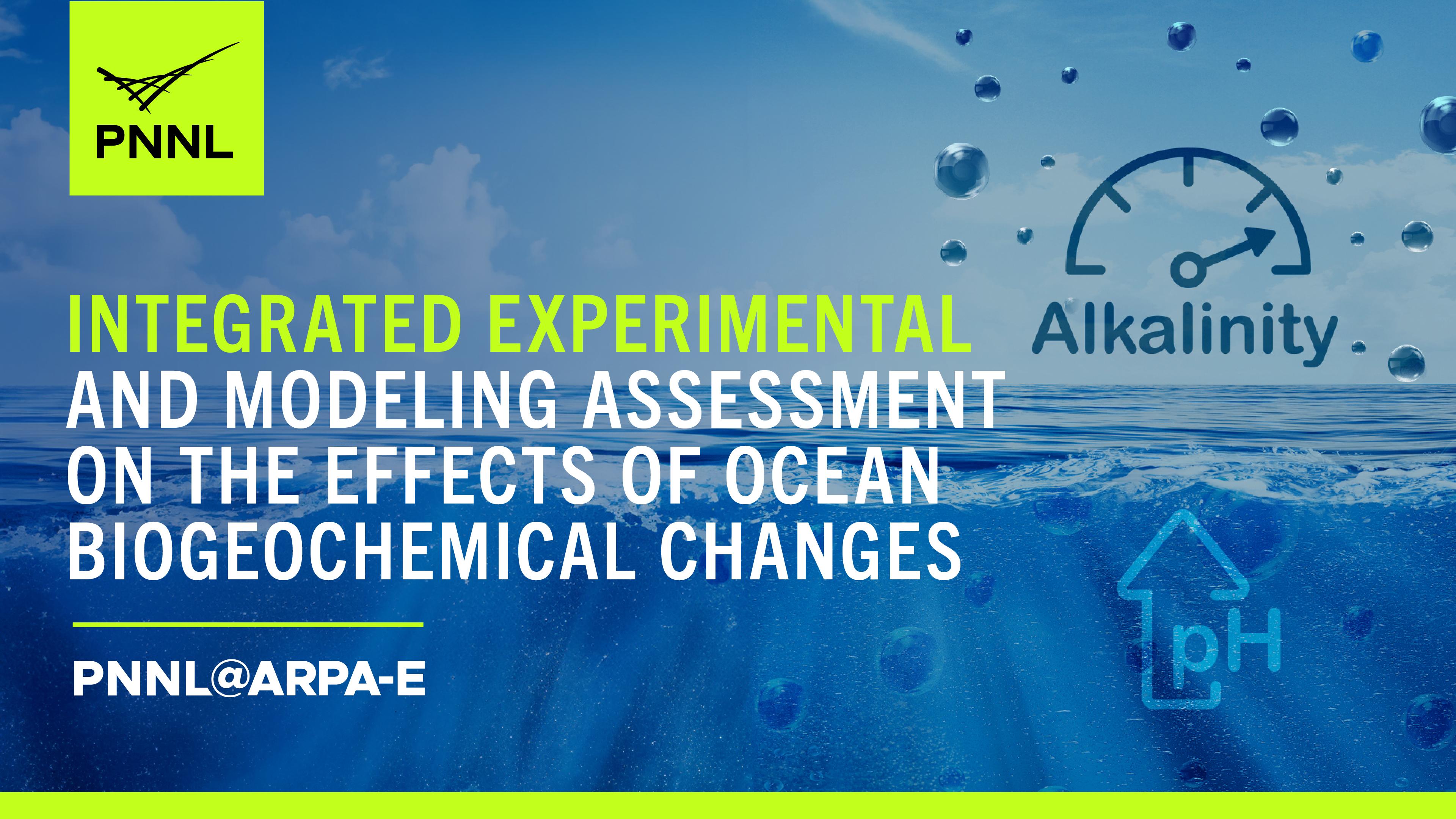
PNNL is advancing the science of marine carbon removal with innovative models and lab experiments to test ocean alkalinity enhancement in key U.S. coastal regions. Unlike traditional models, PNNL’s approach incorporates real-world data from lab experiments, improving model accuracy in predicting the effectiveness and ecosystem responses of ocean alkalinity enhancement. This research has the potential to help shape the future of maritime carbon capture, optimizing the deployment of ocean alkalinity enhancement to combat ocean acidification and support marine aquaculture.
Rapid AI-Based Geophysical Imaging and Advanced Visualization
Booth: 406
PI: Fred Day-Lewis
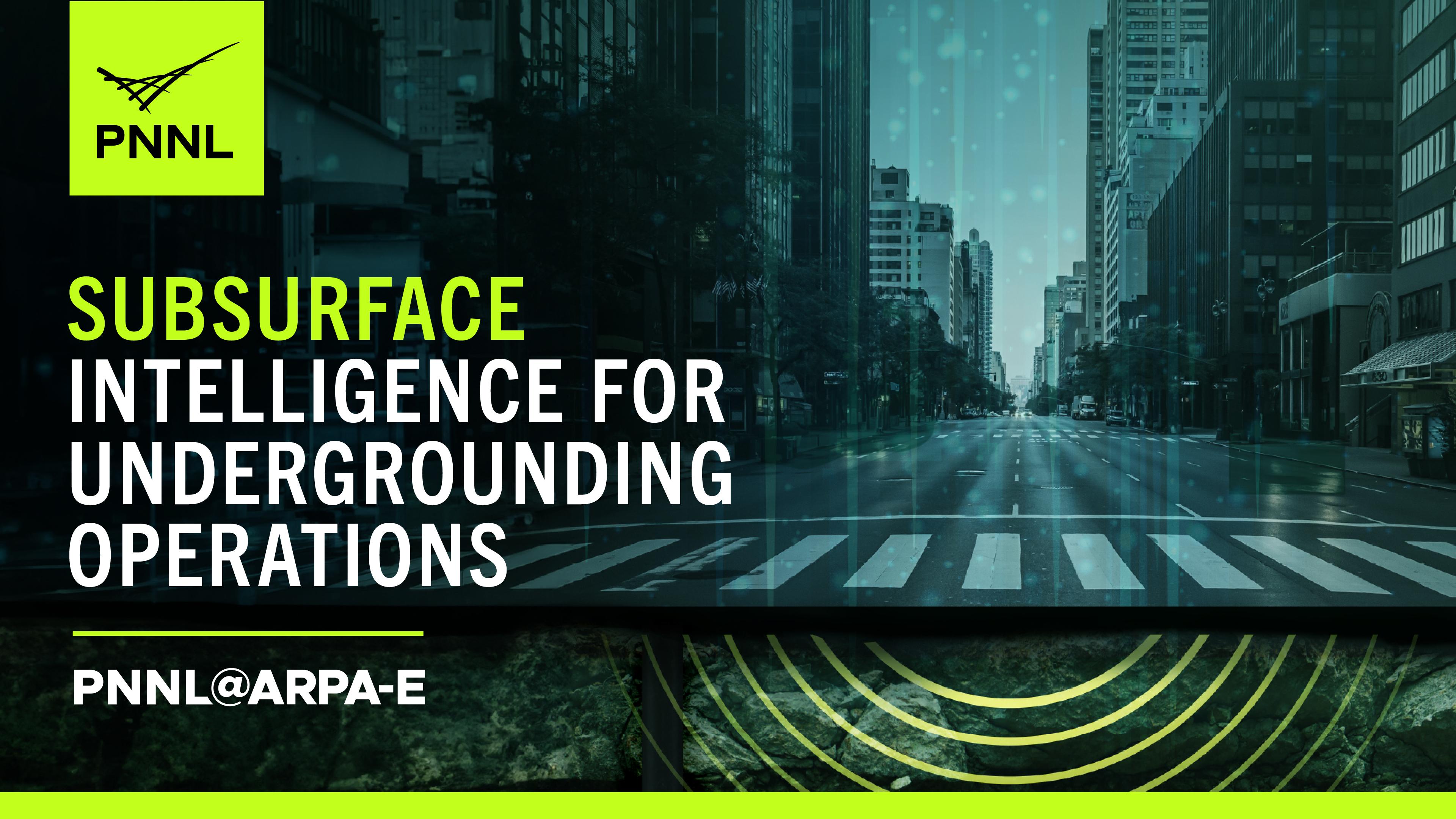
PNNL researchers are harnessing AI to revolutionize undergrounding of electrical grids by rapidly building subsurface digital twins based on multisensor geophysical data. These systems autonomously analyze sensor data to detect unmapped subsurface utilities and other obstacles, potentially generating detailed maps in minutes instead of weeks. By enabling faster, more accurate underground mapping, this technology promises significant cost savings and accelerated drilling or excavation.
Exploring Macroalgae as Critical Mineral Crops E(MC)²
Booth: 120
PI: Michael Huesemann and Scott Edmundson
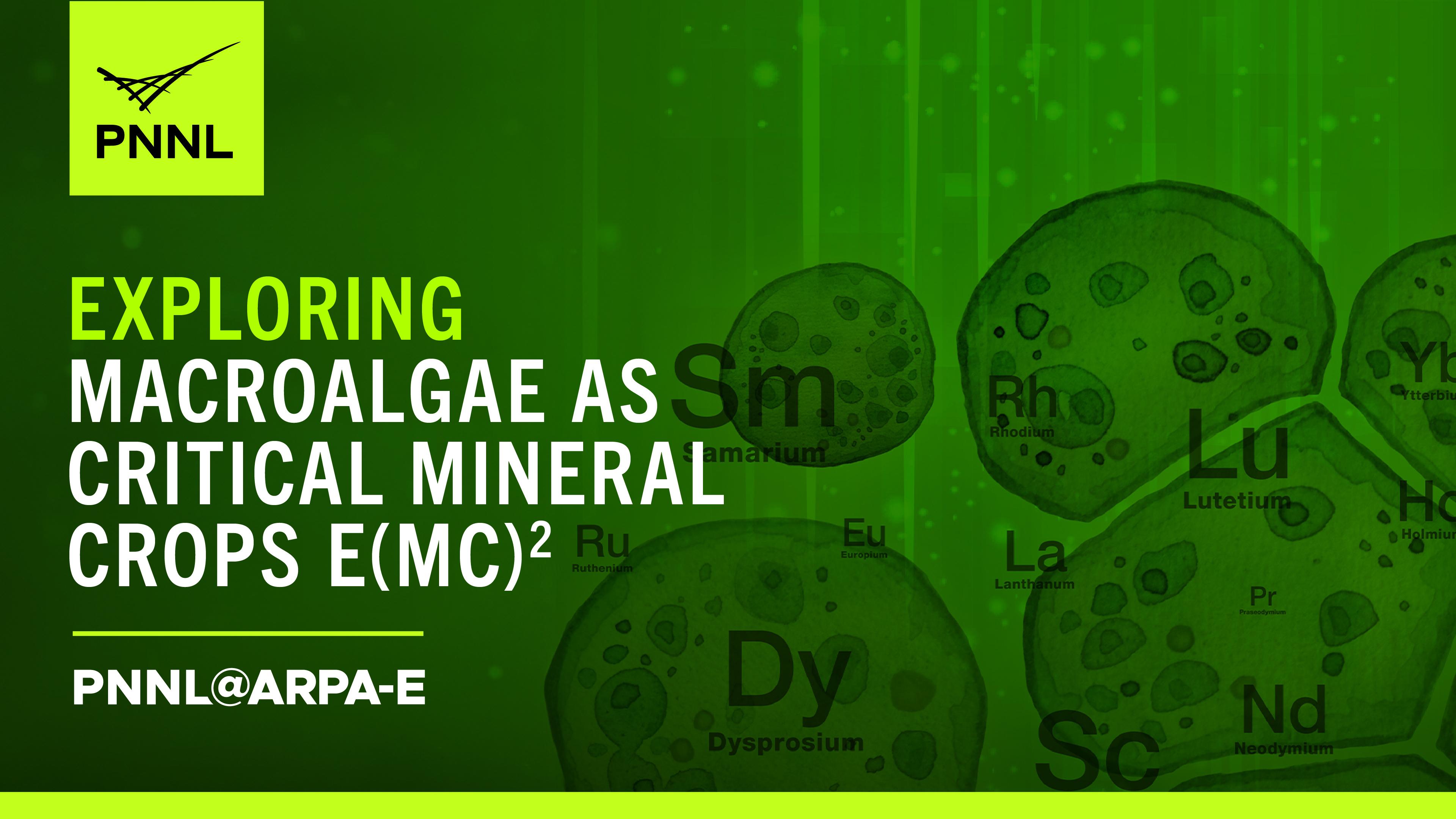
PNNL is pioneering a new approach for extracting valuable rare earth elements and platinum group metals from marine macroalgae, a unique “biological ore.” PNNL’s sustainable methods maximize resource efficiency by recycling chemical extractants and preserving algae for biofuels and industrial uses, thereby minimizing waste. With advanced instrumentation, researchers can unlock new insights into metal variability in algae while developing innovative adsorbents using specialized metal–organic frameworks to selectively capture rare earth elements from solution.
Advanced Manufacturing of High-Entropy Alloys as Cost-Effective Plasma Facing Components for Fusion Power Generation
Booth: 519
PI: Osman El Atwani
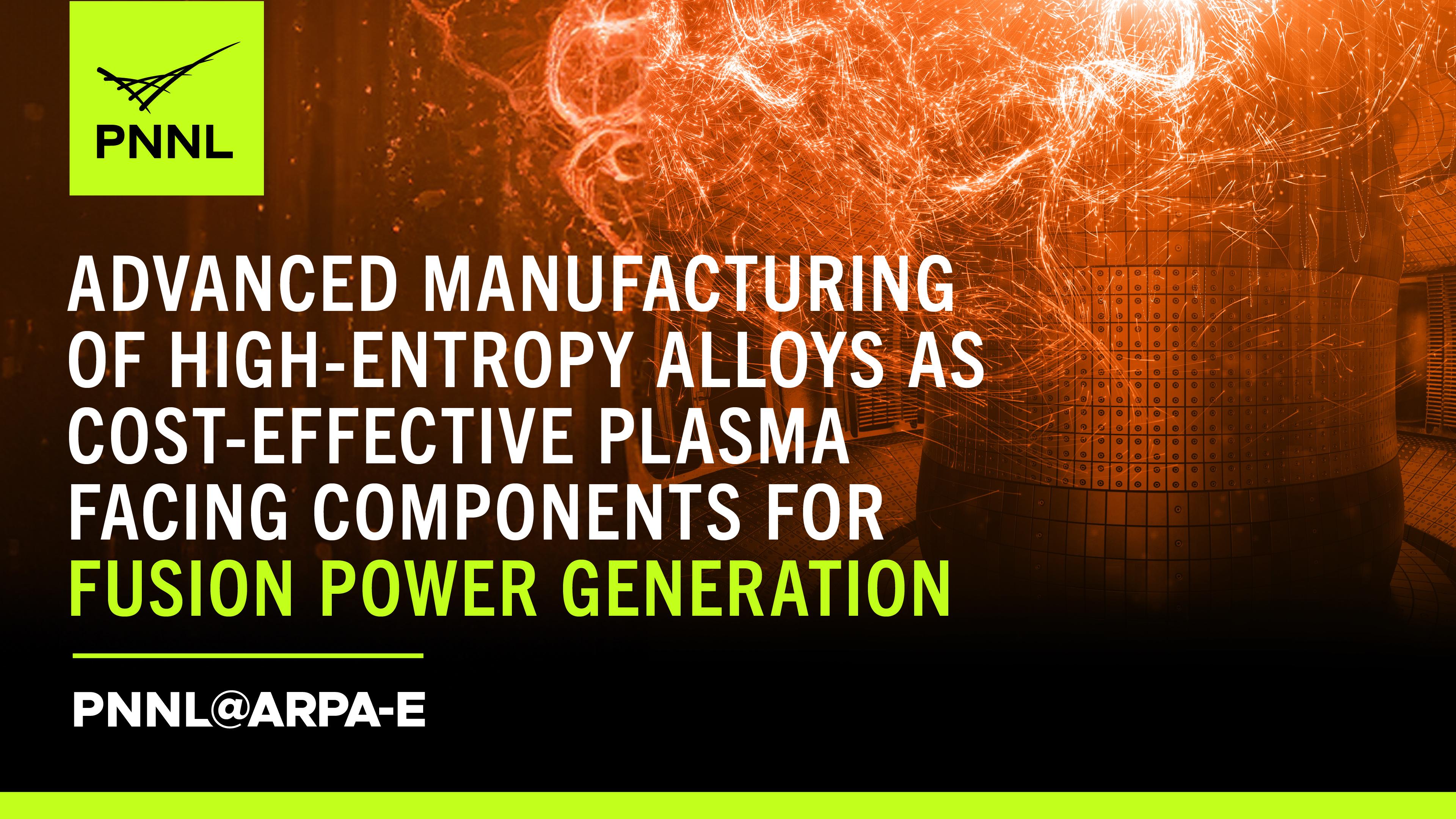
PNNL researchers are making practical fusion energy a reality through the development of novel methods for manufacturing unique tungsten alloys that can endure extreme conditions as plasma-facing components of fusion reactors. These alloys, with unique compositions and microstructures, are optimized through advanced and additive manufacturing processing techniques. The goal is to make fusion power generation more feasible and economically viable, potentially leading to a new, sustainable energy source. The project is anticipated to produce a commercial solution by the early 2030s.
Optimal Global Platform for Transportation (Opt-GPT)
Booth: 1021
PI: Nawaf Nazir
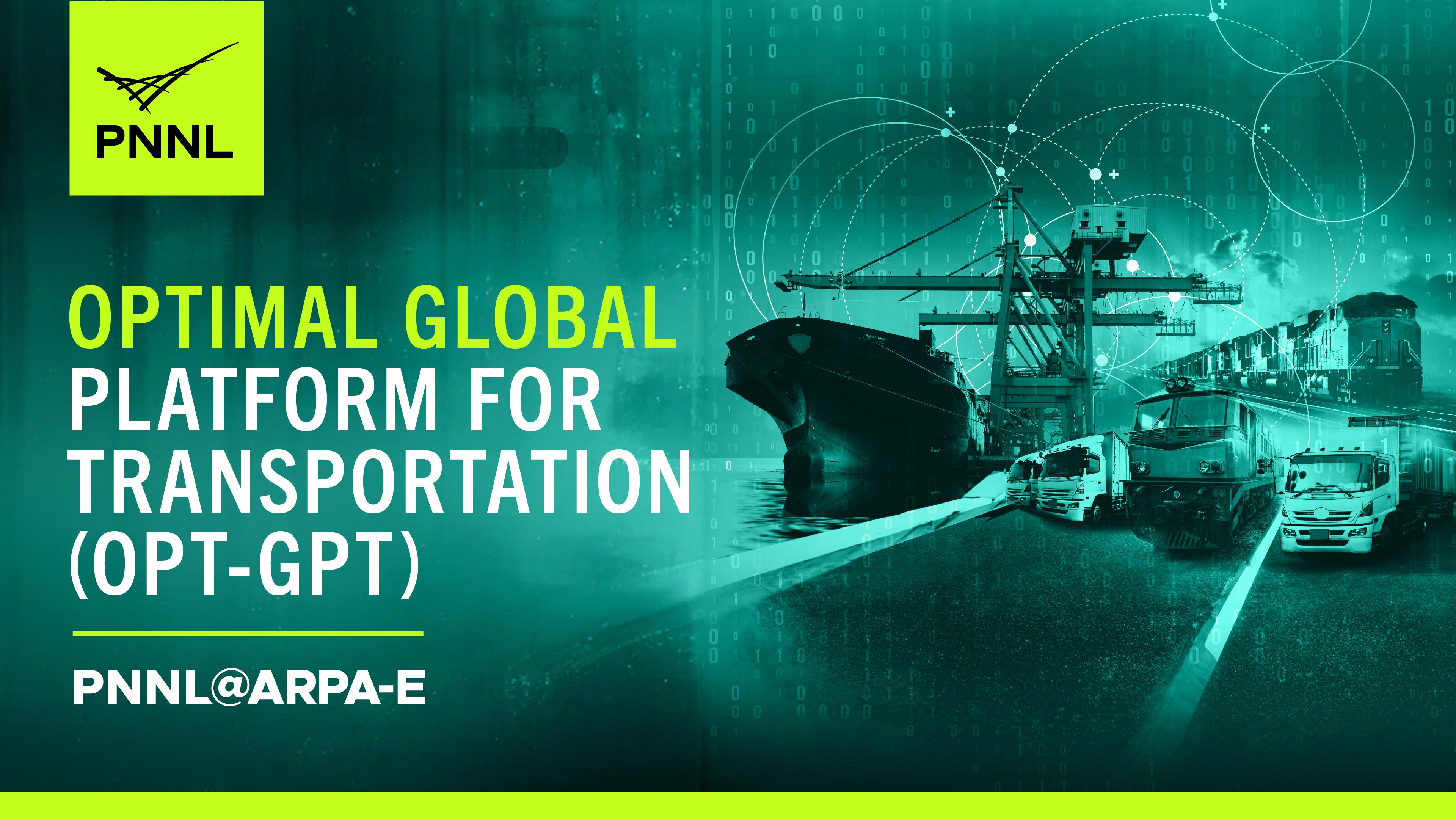
This project enhances intermodal freight efficiency by developing a tool for prioritizing technology and fuel investments across road, rail, and waterways. Using the Global Change Analysis Model (GCAM), it assesses life-cycle costs and emissions of various fuels amid energy, economy, and land-use interactions. The tool aids planners in navigating uncertainties in policy and technology, fostering informed long-term decisions for infrastructure placement. By considering production, transportation, and fuel use intricacies, it provides a research-backed vision for sustainable freight sector transformation.